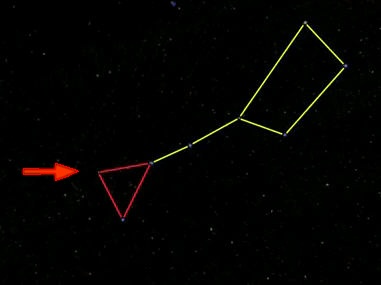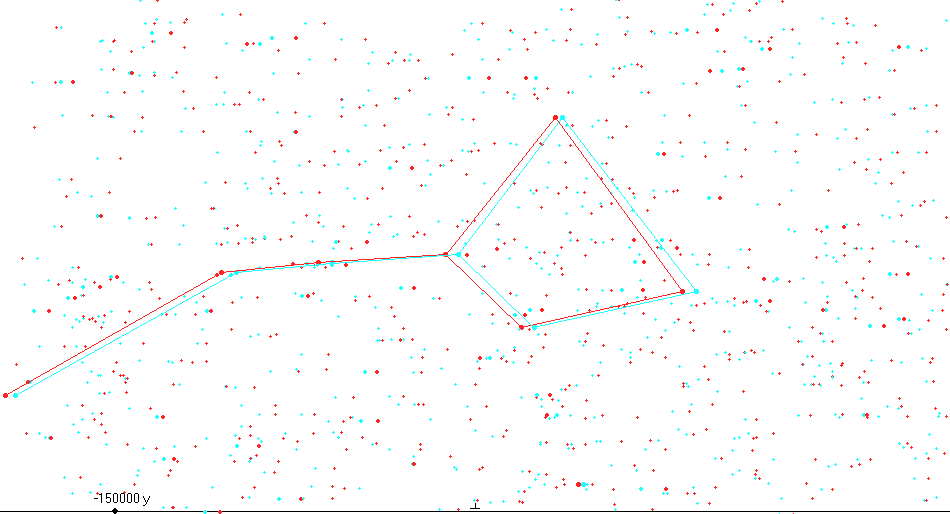If so, head outside the city and take a look at a Type 1A supernova. It's 21 million light-years away, which sounds like a lot, but to astronomers and modern optics that's actually pretty close. So close that over the next few weeks you can even spy it with a pair of good binoculars (25x100), a short while after sunset.
What you will be looking at is a Type 1A supernova in the Pinwheel Galaxy. If you are yet not into astronomy but like the lingo, a Type 1A supernova is carbon-oxygen white dwarf, a little bigger than our Sun. This one is located in Ursa Major, what everyone in America knows as the Big Dipper. That's a good one for a reference because people all over the world know it by some name or other; the Hindus call it Sapta Rishi/The Seven Sages and Homer's Iliad called it The Bear but in North America it is the Big Dipper because the major stars outline a ladle. It's even on the Alaska state flag.
Where to look for the supernova? Go to the Big Dipper, find the last two stars in the handle and, visually using those two as the base of an equilateral triangle, find what would be the third point - there you go. A supernova.

If you don't even know how to find the Big Dipper, I will tell you how to locate it, at least in California. Go out a short while after sunset, as I mentioned, and look West. It will look something like this, courtesy of SkyWatchWorld, depending on the month and time of evening:

The reason I say 'time of day' is because it makes a counter-clockwise rotation around Polaris every 24 hours and month because in the spring it is high in the sky when it is above Polaris and low in the sky when it is rotated half way around Polaris above the horizon, like in autumn.
Alexander Meleg put this fun "4-D" image on Wikipedia (150,000 years) you need those 3-D glasses from the movie theater, though.

Take a look while you can. Dubhe (upper right of the bowl) and Alkaid (tip of the handle) are moving in opposite directions from the others so in 50,000 years this will be a completely different dipper, with Dubhe the handle and Alkaid part of the bowl.
Berkeley Lab senior scientist Peter Nugent says this is the closest and brightest supernova of this type detected in the last 30 years - best time to look is this weekend through September 9th.
H/T Linda Vu, Berkeley National Lab
Bonus - check out this Jim Goldstein photo from a few days ago - the Old Faithful geyser in Yellowstone National Park with the Big Dipper in the background.






Comments